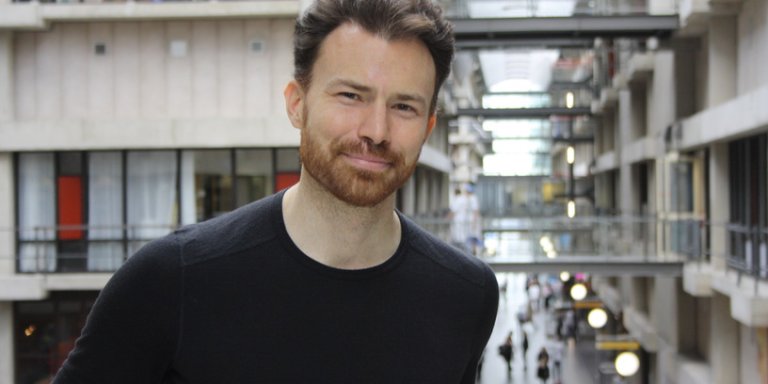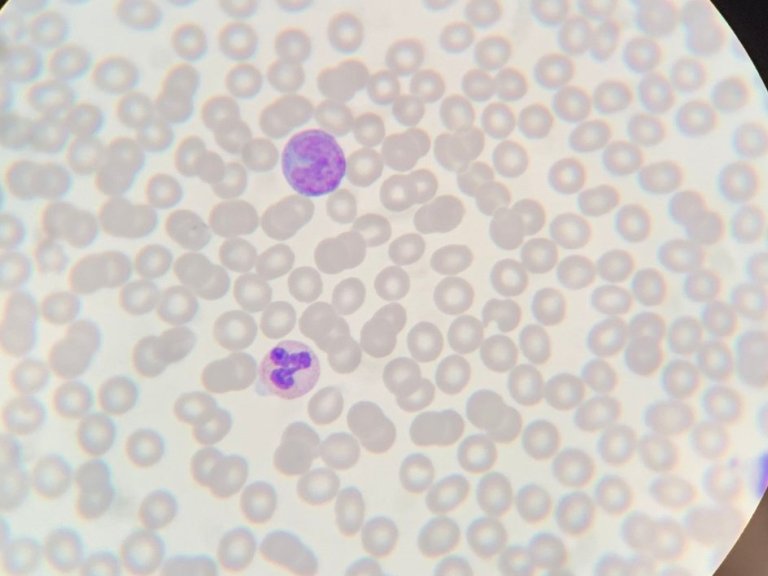Russell (1979) does not use the money for a large laboratory where he uses powerful microscopes and complicated analysis equipment to map the flu. The born American searches for the secrets of the virus in huge databases. "I am a data expert. That's getting new insights from the incredible amount of data stored in computers, in this case about the flu.”
The originally medical biologist has a long career with infectious diseases. They interest him. The flu is a particular focus of attention. "everyone has had the flu but we don’t know how or when the virus will evolve next. That kind of basic knowledge is lacking.”
Cambridge
For the last 15 years Russell has worked in Cambridge on infectious diseases. Until last year, when he was asked to move to the AMC to continue his flu research. "Why Amsterdam? There is a long tradition of academic medicine here. A lot of data has been collected about the flu. They are stored everywhere. People work with it, but there is no one yet who has an overview of all this data.”
Russell wants to use the grant of the European Research Council to find out what is hidden in this enormous mountain of data. The name of his project is: ‘Navigating the evolutionary routes of influenza viruses’. He explains: “I see it on three levels. Someone has the flu. That has consequences for his immediate vicinity, others can be infected. And that, in turn, has consequences for the entire population. I want to map this dynamic.”
Flu vaccine
This is relevant research, especially in the search for a good flu vaccine. Now a group of experts decides each year which strains of virus (there are many variants of viruses that can cause flu) will probably strike in the coming winter. Then these virus strains will be put into the flu vaccine. This is not always going well. Russell: "I was on that committee for years to determine the composition of the flu vaccine. It is difficult to do and often strains are missed. It is due to the fact that we do not know enough about the flu.”
With smart research by looking at all the data on flu, the knowledge gap must be reduced, he hopes. Russell also looks at the genetic information of the virus. "In this way we try to find out how the virus spreads and in this way we can better predict which strains to put into the flu vaccine.”
Text: Marc van den Broek Picture: Elmer Bets




